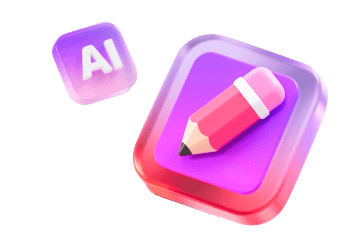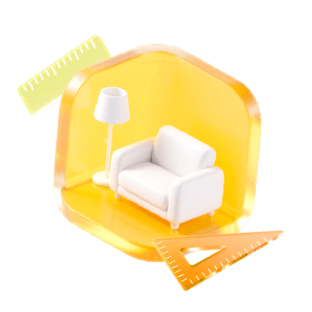The realm of digital design has undergone a remarkable transformation with the advent of Field Programmable Gate Arrays (FPGAs). These adaptable devices have changed the landscape of hardware design, facilitating quick prototyping and enhanced flexibility in system architecture. This piece will explore the fundamentals of FPGA-based system design, drawing knowledge from noteworthy references, including the acclaimed book by W. Wolf published by Prentice Hall.
Exploring FPGA Technology
FPGAs are integrated circuits capable of being programmed to execute a variety of logical operations. In contrast to conventional fixed-function hardware, FPGAs offer the advantage of reconfiguring hardware functions dynamically. This characteristic makes them suitable for an extensive range of applications, spanning from telecommunications to everyday consumer electronics.
Fundamental Principles of FPGA Design
Comprising an arrangement of programmable logic blocks, interconnecting pathways, and input/output pins, FPGAs enable designers to realize custom logic capabilities without relying on dedicated hardware. Grasping how these elements function in concert is essential for effective design execution.
The design workflow generally consists of:
Exploring Common Uses of FPGA-Based Designs
FPGAs are utilized across numerous sectors, including:
Obstacles in FPGA Development
Although FPGAs present a myriad of benefits, designers may encounter challenges such as:
Final Thoughts
The field of FPGA-based system design is dynamic and continues to progress with technological advancements. By utilizing resources like W. Wolf's book, designers can broaden their expertise and capabilities in crafting effective FPGA systems, similar to how tools like Homestyler enhance interior design creativity.
Frequently Asked Questions
Q: What benefits do FPGAs have compared to conventional hardware? A: FPGAs provide adaptability, quicker market rollout, and the option to modify hardware capabilities without requiring physical alterations.
Q: Are FPGAs suitable for real-time processing tasks? A: Absolutely, due to their parallel processing abilities, FPGAs excel in real-time application scenarios.
Discover the top Room Design Software tools available today, including Homestyler for creating stunning design visuals.




























































